What Must Seahawks Accomplish to 'Win' Russell Wilson Trade to Broncos?
Historically, NFL teams have rarely traded away franchise quarterbacks during the midst of their prime. But over the past couple of years, that trend has changed significantly with players carrying far more power than they used to.
Last offseason, the chronically-rebuilding Lions shipped a then-33-year old Matthew Stafford to the Rams for a pair of first-round picks. The former No. 1 overall pick promptly led coach Sean McVay's squad to a Super Bowl victory over the Bengals, immediately making the trade pay dividends.
Hoping to emulate Stafford's success in Los Angeles, after years of speculation and rumors, the Seahawks granted quarterback Russell Wilson's wish to play elsewhere last month. In the most stunning move for a wild offseason across the league, they traded the nine-time Pro Bowler to the Broncos for two first-round picks, two second-round picks, a fifth-round pick, and veterans Drew Lock, Shelby Harris, and Noah Fant.
On the heels of the blockbuster deal, Denver now finds itself in a prime championship window after landing the franchise quarterback it has coveted since Peyton Manning hung up his cleats in 2016. As for Seattle, much like Detroit last year after shipping Stafford out of town, the team looks poised to roll with a recycled former starter in Lock and major question marks under center for the foreseeable future.
Despite how bleak the situation sounds, however, Seahawks general manager John Schneider and coach Pete Carroll genuinely seem excited about moving into a new era armed with a boatload of draft picks. As the latter said in a press conference last month, owner Jody Allen gave them the blessing to trade Wilson knowing they would be back in their "wheelhouse" building a roster through the draft.
With that said, discarding a proven star quarterback like Wilson often sets an NFL team back for years. At the moment, the deal looks like a massive win for Denver and risky business at best for Seattle.
Looking towards the future, how can the Seahawks come out on top as "winners" after trading away the best signal caller in franchise history? It will be far from easy, but here's a four-step plan for the organization to succeed in the post-Wilson era.
1. Find a long-term franchise quarterback through any means necessary.
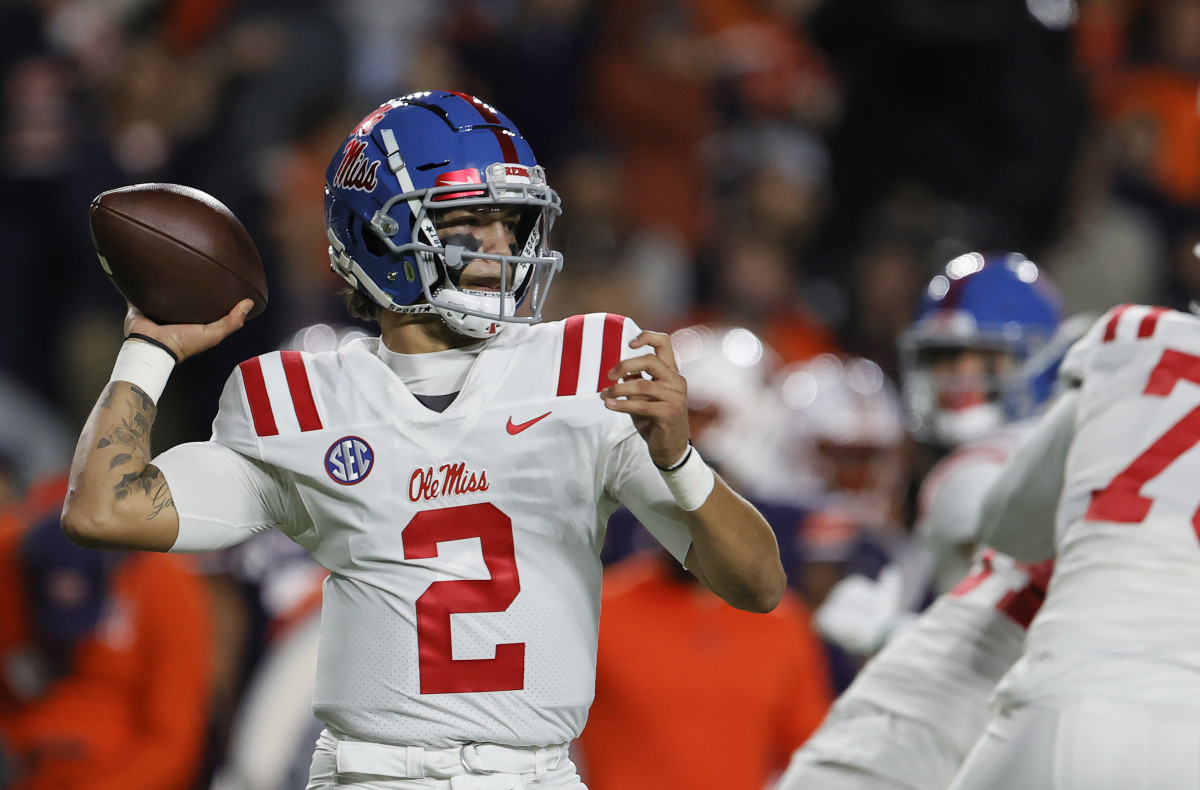
For the Seahawks to quickly become competitive again in the NFC West and build a consistent contender, landing a quality successor for Wilson stands out as the most important mission on their to-do list by a wide margin. Unfortunately, as history shows, it's the most difficult to achieve. Franchise signal callers don't grow on trees and it can years to climb out of quarterback purgatory and find a viable alternative at the most critical position in sports.
In the short term, Seattle seems content on selling Lock, who does have a big arm and is only 25 years old, as a capable starter running coordinator Shane Waldron's offense in 2022 with enough untapped upside to potentially become more. But there's a reason Denver chose Teddy Bridgewater as its starter over him last August and he hasn't been able to rediscover his rookie form over the past two seasons. Even considering his physical tools, it's hard to believe a change of scenery will be enough by itself to suddenly transform him into more than a bridge quarterback.
There are a number of avenues Schneider and Carroll could explore to provide more stability under center. It's possible if Cleveland releases Baker Mayfield or absorbs much of the former No. 1 pick's salary in a trade that Seattle could have interest. At the very least, he's proven himself to be a mid-level starter when healthy and a competition between him and Lock would offer intrigue with a higher probability one of them might be a long-term answer.
It's also possible Schneider could work the phones calling other teams about quarterbacks who may be available via trade. While the Ravens won't be parting ways with Lamar Jackson and such a pursuit would be a pipe dream, stop-gap options such as Gardner Minshew of the Eagles could make sense if draft compensation in return is minimal.
Most likely, however, Schneider and Carroll will fall in love with a quarterback in one of the next two drafts. This year's crop isn't receiving much acclaim from experts, but Liberty's Malik Willis, Mississippi's Matt Corral, Pittsburgh's Kenny Pickett, North Carolina's Sam Howell, and Cincinnati's Desmond Ridder all have redeeming qualities that could make them franchise quarterback material in the right system. Next year, Alabama's Bryce Young and Ohio State's C.J. Stroud headline a class that is expected to be far superior. With four picks in the first two rounds, the Seahawks could be well-positioned to trade up for one of those top prospects.
2. Hit on at least two of the three first and second-round selections acquired in trade.
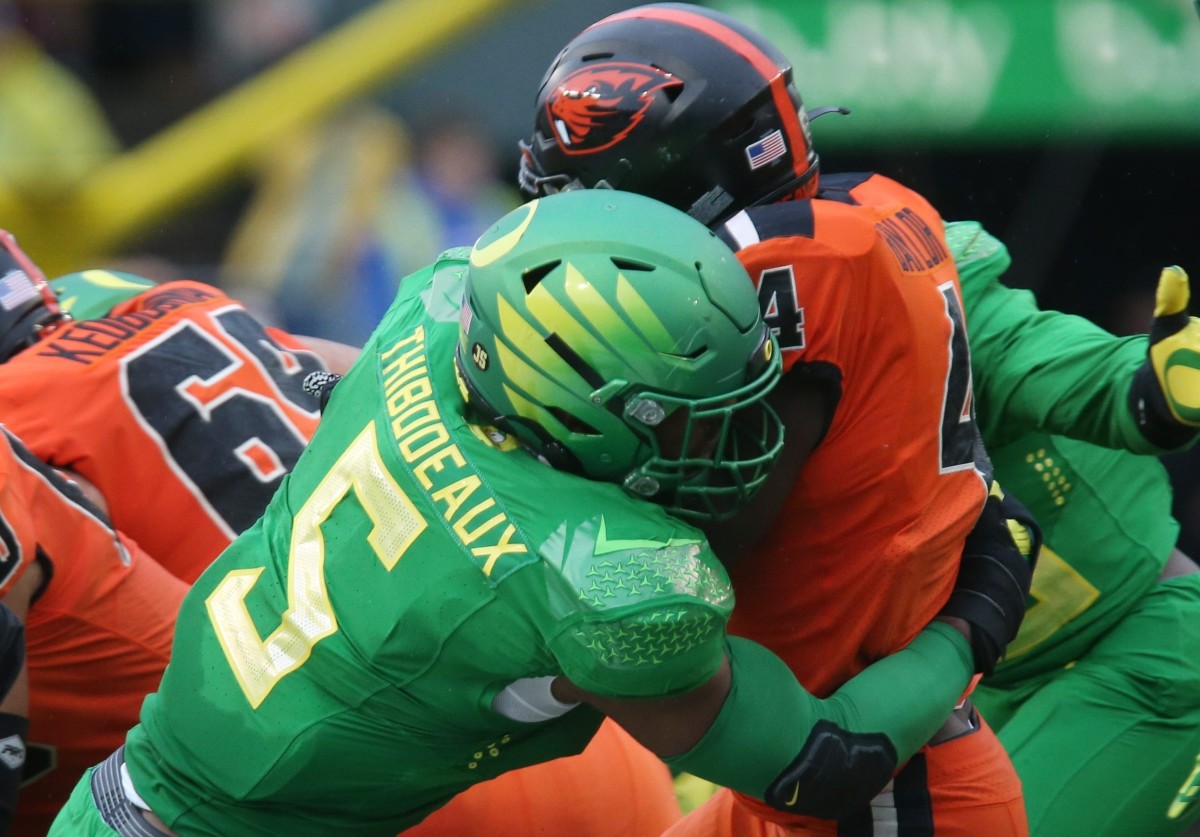
Over the past decade, the Seahawks have never picked higher than 15th overall when they picked Bruce Irvin in 2012 and often picked in the mid-to-late 20s with the team consistently making the playoffs. But later this month, Schneider and Carroll will pick in the top-10 for the first time since their first year running the show together in 2010 and also have an extra second-round pick courtesy of Denver, giving them ample ammunition to capitalize on a class with great depth at several important positions.
Assuming the Seahawks choose not to pick a quarterback with the No. 9 overall pick, Schneider could aim to bolster the team's secondary with a shutdown cornerback such as Cincinnati's Ahmad Gardner or LSU's Derek Stingley. An edge rusher could be in the cards as well, especially if Oregon's Kayvon Thibodeaux somehow falls out of the top five and lands in their lap. Florida States standout Jermaine Johnson and Purdue star George Karlaftis could also be in play if the team decides to trade down a few spots and recoup additional picks. Both of those positions could be addressed later in the draft as well.
With only three tackles currently on the roster and none of them offering more than five starts worth of NFL experience, Seattle also could be inclined to draft a tackle early. It's unlikely Alabama's Evan Neal or North Carolina State's Ikem Ekwonu will be available when the team is on the clock, but Mississippi State's Charles Cross and Northern Iowa's Trevor Penning could be options. This year's draft has excellent depth at the position too and the team could wait until day two to select a player such as Washington State's Abraham Lucas or Penn State's Rasheed Walker. It's even a remote possibility a center such as Tyler Linderbaum could be in consideration.
As for next year, it's way too early to know what the Seahawks' primary needs will be and what the strengths of the draft class will be. Much of that will bear on the choices made later this month and which players opt to declare for the draft this time next year. But as things stand, Schneider and Carroll will have seven picks in the first two rounds over the next two years. They must take advantage of the best draft capital they have had in more than a decade to replenish the roster with premium talent and failing to do so could set the franchise back for years to come and cost them their jobs.
3. Take advantage of ideal salary cap situation to make a few splashes in free agency.
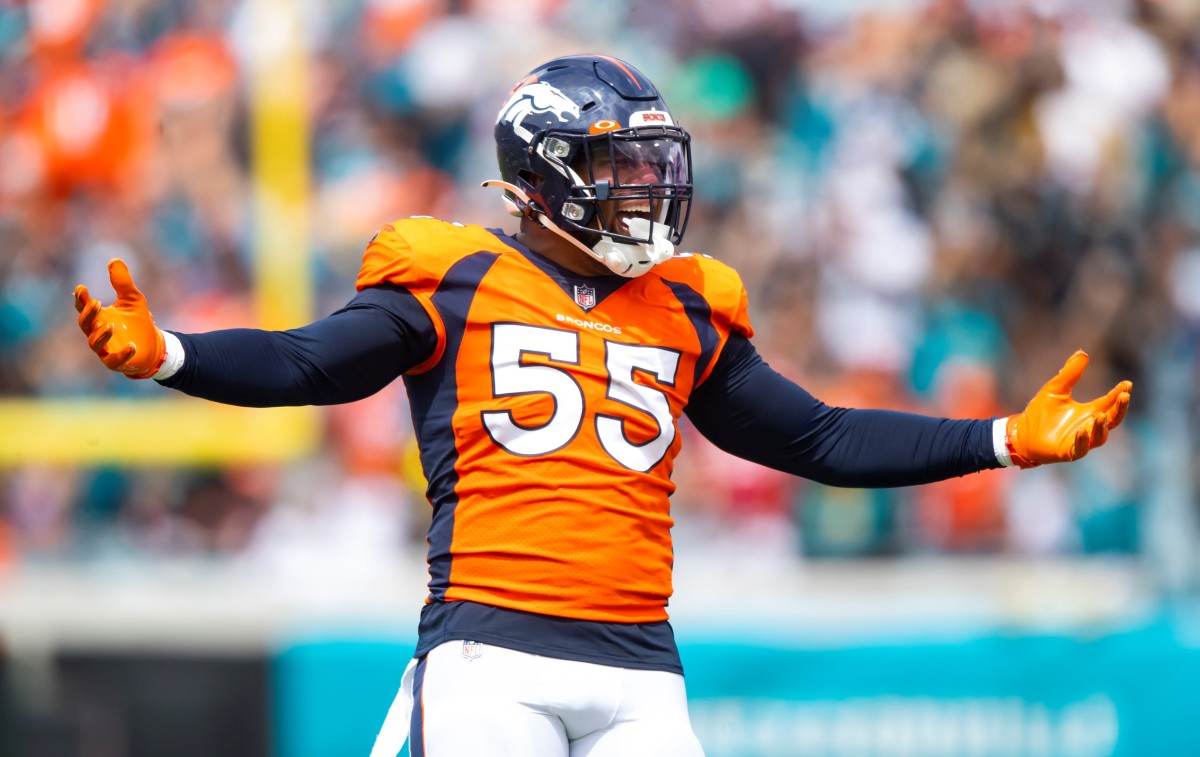
In the present, the Seahawks carry a $26 million dead cap charge for Wilson in 2022. That, plus $18 million in additional dead cap, has severely limited their ability to make significant moves in free agency this offseason outside of retaining much of their own talent and left them with under $10 million in effective cap space to work with.
But next spring, with Wilson's massive contract officially off the books and less than $5 million in dead cap charges remaining, Schneider will have an estimated $93 million to play with. Some of this money could be used to invest in a veteran quarterback, though drafting a rookie in one of the next two drafts would be far more advantageous. Seattle once benefited from Wilson playing on a cheap rookie contract, which allowed the front office to sign key free agents such as Cliff Avril and Michael Bennett to fortify a championship roster around him.
Whether they draft a quarterback this year or next year, a similar four or five-year window will open for the Seahawks. As they did with Wilson, it will be up to the front office to take advantage of the major savings to stock up on top-tier talent on both sides of the ball to give the young signal caller the best chance to succeed. In such a situation, they could make a push to sign someone like former Broncos first-round pick Bradley Chubb, who has familiarity with a Vic Fangio-style scheme. Or they could add offensive line upgrades along with another quality receiver the likes of Brandin Cooks.
Regardless of what they opt to do, going the rookie quarterback route presents the most risk but also may offer the best chance at competing for another Lombardi Trophy. If they hit on the right prospect and execute the right moves building around that player, they could be right back in the hunt in the NFC. Of course, if they whiff under center, those other signings likely will be irrelevant and the team will be back at square one. No pressure.
4. At least one of the veterans received in return package becomes a star.
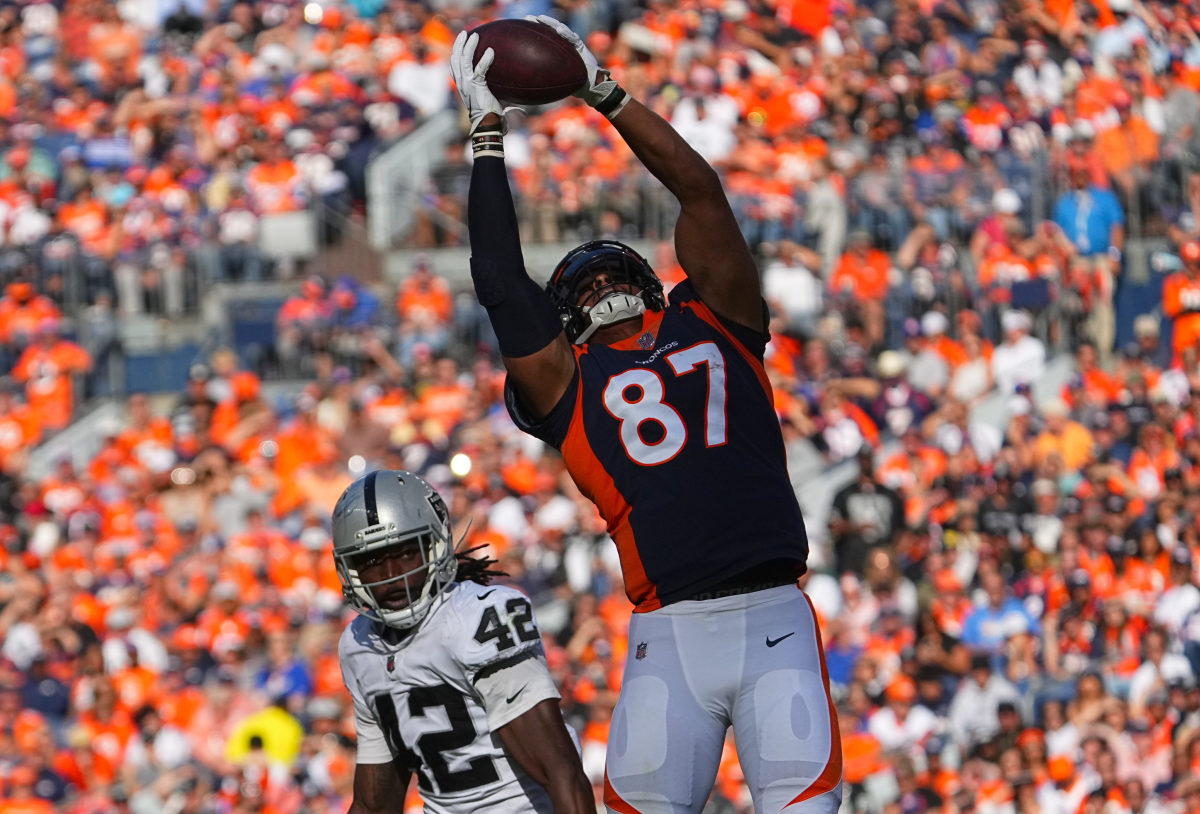
In terms of importance to Seattle's long-term success, it would be easy to overlook the fact that Schneider acquired Lock, Fant, and Harris as part of the trade. But all three players have enough talent to at least be key contributors in 2022, if not more. If one of those players could emerge in a starring role beyond next season, that would instantly make the trade look a bit better.
Already 31 years old, Harris is unlikely to improve at this point and thus won't be that player. Still, he's a versatile defensive linemen who produced 6.0 sacks in two of the past three seasons and will be a great fit for the Seahawks scheme transitioning to more of a 3-4 style defense. He brings plenty of value in return for the next few years.
But Fant and to a lesser extent Lock both have enough talent to thrive in Seattle if all of the dominos fall in place. The former brings unique athletic traits to the tight end position with 4.50 40-yard dash speed and impressive leaping ability at 250 pounds. Capable of stretching defenses vertically, he has soft hands and can also rack up yardage in bunches after the catch. He should benefit immensely from the attention opposing defenses give receivers DK Metcalf and Tyler Lockett, opening the door for him to be a breakout star with his new team.
As for Lock, he's truly the biggest wild card in this whole equation. He went 4-1 as a starter in his rookie season and showed promise completing 64 percent of his passes with seven touchdowns. But since then, he's been bogged down by shaky decision making, accuracy issues, and a propensity for throwing interceptions. If he can limit turnovers and embrace the point guard mentality Carroll wants at the position, he still may have a chance to be a top-15 starter, though the team shouldn't necessarily be banking on such a jump given his track record.
